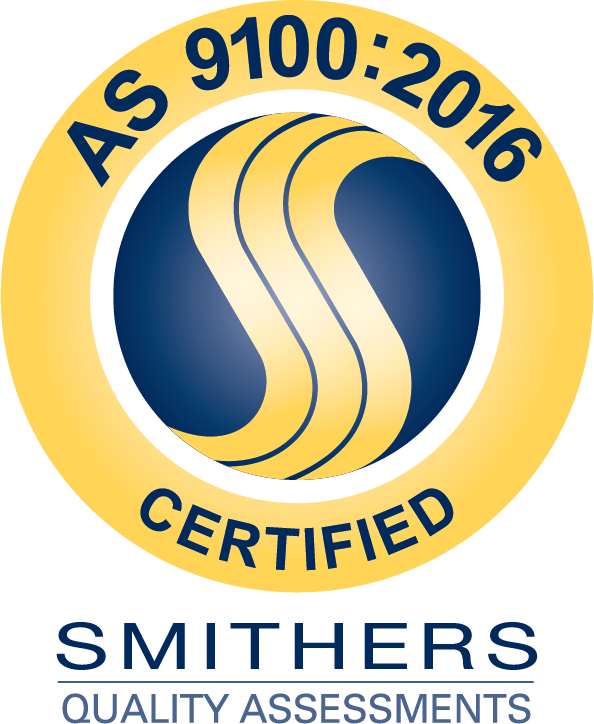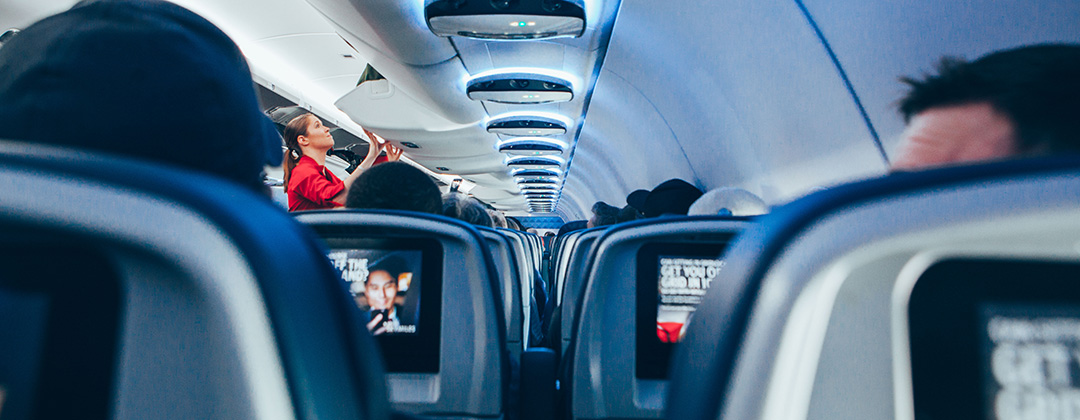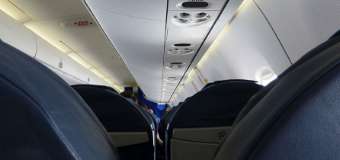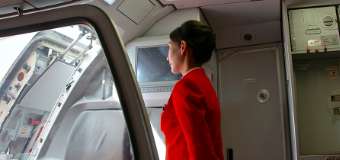Fire retardant material regulations and testing are widely utilized today to ensure the safety of all passengers, crew members and of the aircraft itself. For fire retardant materials to be certified for use in an aircraft, they need to be thoroughly tested to ensure that the materials don’t decrease the existing level of safety when compared to the existing materials.
This is done through the use of the following flammability testing methods.
FAR 25.853(a): Materials For Compartment Interiors
The Federal Aviation Regulation (FAR) 25.853 provides standards for compartment interior materials in terms of flammability protection. This particular regulation and various amendments were put in place by the Federal Aviation Administration (FAA) in order to upgrade overall aircraft cabin safety and improve passenger survivability odds.
The FAA conducted both full-scale and laboratory testing and found that the involvement of a relatively large amount of foam cushion material in aircraft was a major leading factor in cabin fires. It was discovered that thermal radiation was able to penetrate the material’s outer upholstery covering and ignite the foam’s core. On top of this startling find, it was also discovered that, because of the sheer quantity of foam material once used in aircraft, a fire would be able to spread throughout the cabin, producing large amounts of smoke and toxic gas emissions.
Thus, a fire-blocking layer was added to some aircraft compartment interior materials. This concept used a thin layer of fire protection material to encapsulate the foam mass and help protect it from external fire sources.
Based on this change, the FAA needed to create a new test method to verify that the new design would provide adequate fire protection.
The test, known as the 12-second vertical burn test, uses a two-gallon-per-hour oil burner set to temperatures representative of a cabin fire. Interior compartment materials that are able to pass this test are found to provide an increased level of fire safety. This is a vertical flame test that is standard across AirBus, Boeing and ASTM.
The 25.853(a) test is used on Duracote’s Durug materials, as well as some DuraTrim and DuraSonic materials. The full testing method and guidance material can be found in the FAA’s 25.853 Advisory Circular.
FAR 25.856(a): Thermal And Acoustic Insulation Materials
The FAR 25.856 and corresponding test were introduced in order to verify burn-through resistance and improve the flammability and flame propagation standards for all thermal and acoustic insulation materials being installed in transport aircraft. Most thermal and acoustic insulation material is installed in parts of the airplane that are virtually inaccessible, making it nearly impossible to extinguish the material once it’s started burning. Because of this, it is especially important that these materials don’t ignite in the first place
The most significant aspect of this safety measure is the radiant panel test (RPT). The RPT is another form of vertical testing that not only exposes materials to open flames, but also to extremely high radiant temperatures. This method considers two important factors: flame propagation and flame time following the removal of the initial ignition source.
- The radiant panel test measures the actual propagation of a flame along the entirety of the test sample and has to be observed during the burning process. This focuses strictly on the propagation of the flame from the point of application of the ignition source. The reasoning behind this is to limit thermal and acoustic insulation to fire protection materials that do not propagate a fire.
- The flame time is then inspected after the previous test has concluded. The flame time can be determined by examining the visible charring and the overall consumption of the material, regardless of whether “flaming” is evident.
Duracote is an FAA-approved radiant panel test facility. The 25.856(a) test is used on some of Duracote’s DuraTrim and DuraSonic materials, as well as our Lockheed-approved headliners. The full testing method and pass/fail criteria are thoroughly outlined in the FAA’s 25.856 Advisory Circular.
Take Fire Safety to the Next Level with Duracote
Duracote’s fire retardant materials were developed to meet the growing demand for increased fire safety performance, lighter weight and regulatory compliance. Our DuraTrim, DuraSonic and Durug product lines have passed either the FAR 25.853(a) and FAR 25.856(a) tests, which is one of the reasons Duracote products are widely used for aircraft insulation, headliners, decorative trim, curtains and flooring.
Browse our full line of high-performing materials specially engineered for safe aircraft interiors. Tested in our FAA- and Boeing-approved radiant panel laboratory, our line of fire protection materials is the standard for fire safety products. Have a question or need more information? Reach out to our customer service team today.




